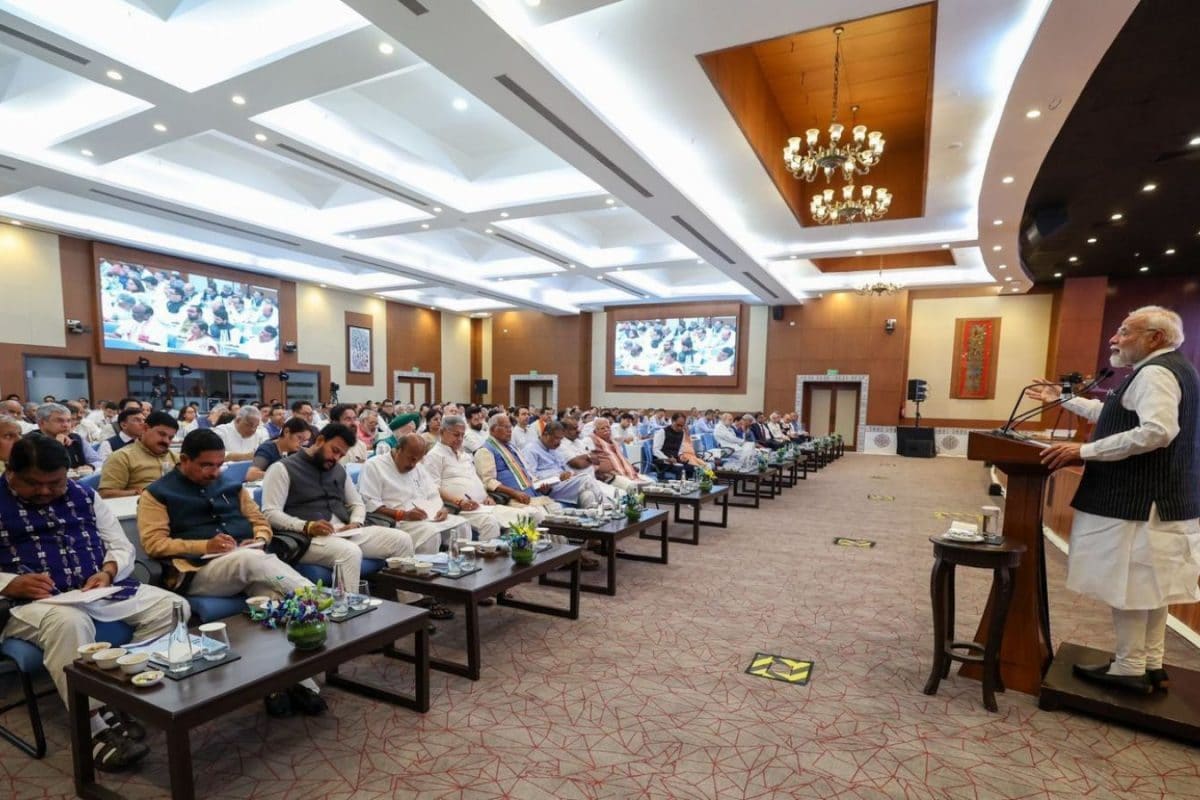

The recent meeting of the Union Council of Ministers, chaired by Prime Minister Modi, marks a pivotal moment in assessing India's strategic posture in the face of evolving global security dynamics. Coming on the heels of Operation Sindoor, the meeting served as a platform to not only review the operation's success but also to deliberate on the broader implications for India's defense capabilities, particularly in the realm of modern air warfare.
Operation Sindoor, a retaliatory strike against terrorist infrastructure in Pakistan and Pakistan-occupied Kashmir following the Pahalgam terror attack, showcased India's growing prowess in non-contact warfare. The operation utilized advanced technologies, including Rafale fighter jets, SCALP and HAMMER missiles, and Kamikaze loitering drones, to strike deep within enemy territory without risking boots on the ground. This approach, a departure from traditional airstrikes, reflects a strategic shift towards leveraging technology for precision and effectiveness.
The success of Operation Sindoor underscores the increasing importance of air power in modern conflicts. Contemporary air warfare is no longer solely about dogfights and aerial maneuvers; it encompasses a wider spectrum of capabilities, including electronic warfare, cyber warfare, and the integration of unmanned systems. The ability to conduct precision strikes, penetrate enemy air defenses, and gather real-time intelligence are crucial elements of a modern air force.
Several factors contribute to the evolving landscape of air warfare. Firstly, advancements in missile technology have enabled longer-range and more accurate strikes, reducing the need for close-range engagements. Secondly, the proliferation of drones has added a new dimension to aerial combat, providing reconnaissance, surveillance, and strike capabilities at a fraction of the cost of manned aircraft. Thirdly, electronic warfare systems have become increasingly sophisticated, capable of disrupting enemy communications, jamming radar systems, and even taking control of enemy drones.
Recognizing these trends, the Indian government has been investing heavily in modernizing its air force. The acquisition of Rafale fighter jets, S-400 air defense systems, and advanced missile technology are all part of this effort. Furthermore, there is a growing emphasis on indigenous defense production, with initiatives like "Make in India" encouraging the development of domestic aerospace and defense industries.
However, the challenges of modern air warfare extend beyond technology. Effective command and control, integration of different platforms, and training of personnel are equally important. The Indian Air Force needs to develop doctrines and strategies that fully exploit the capabilities of its modern equipment. It also needs to foster a culture of innovation and adaptation, constantly seeking new ways to improve its effectiveness.
Looking ahead, India needs to continue investing in research and development to stay ahead of the curve in air warfare technology. Areas such as artificial intelligence, hypersonic weapons, and directed energy weapons hold immense potential for future air power. By embracing these technologies and developing its own unique capabilities, India can ensure that it remains a formidable force in the skies.